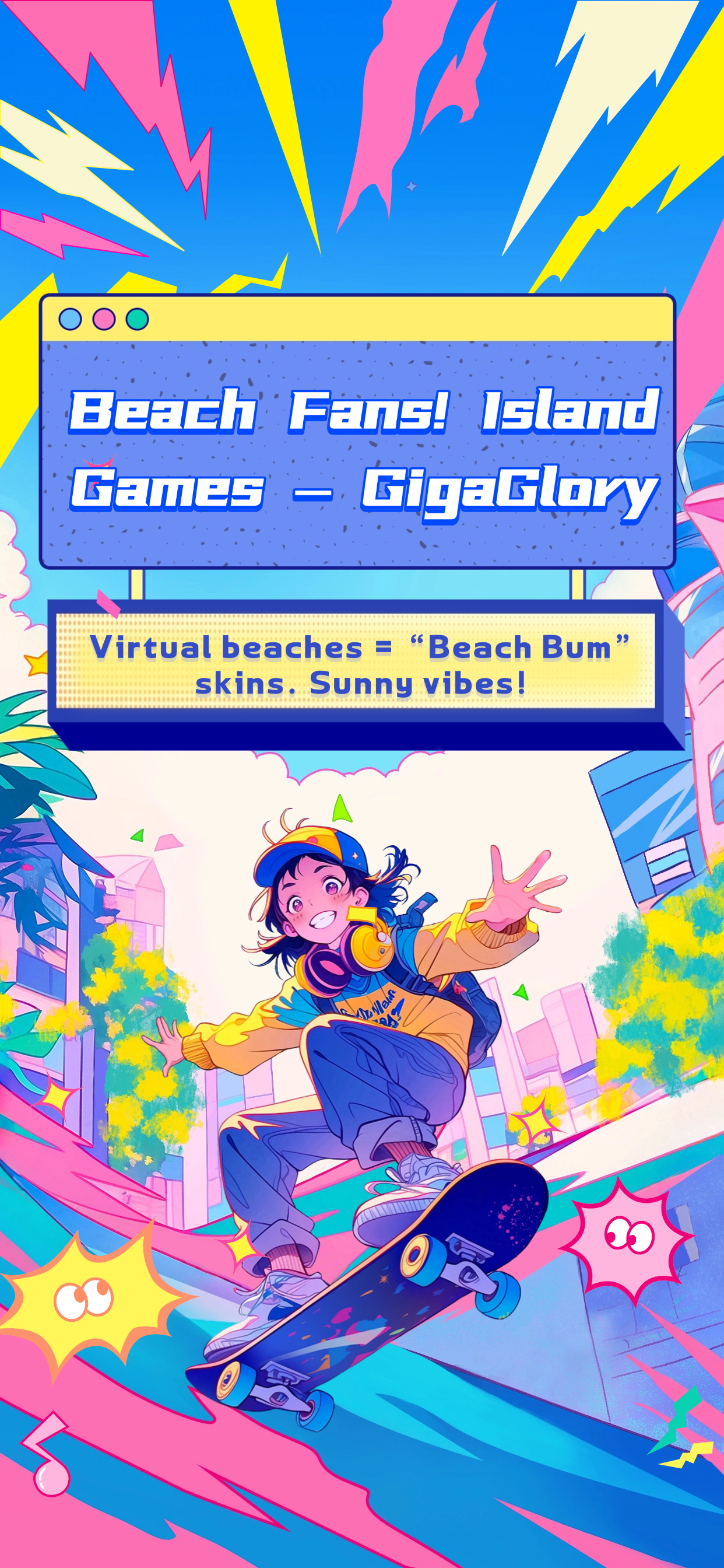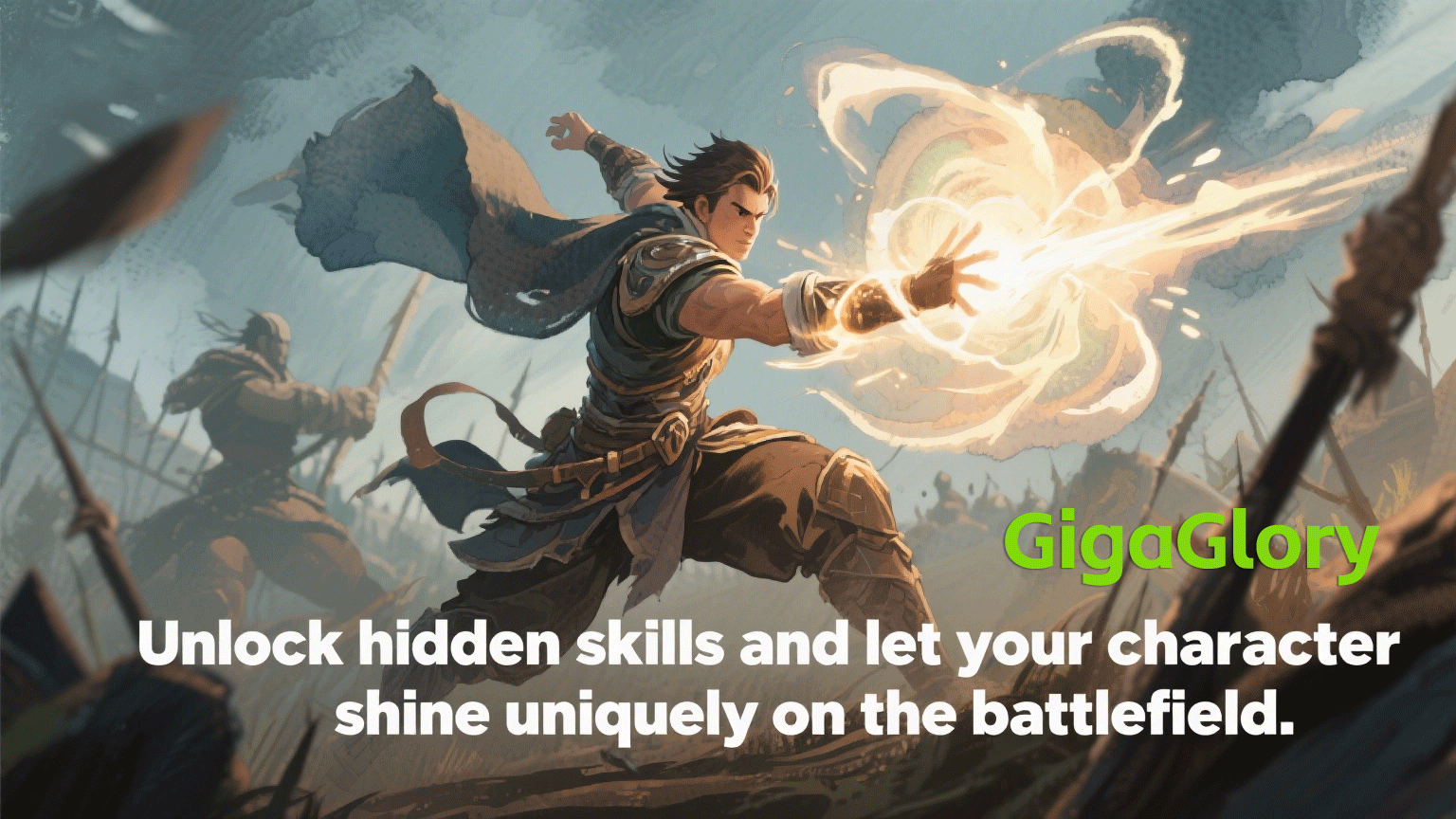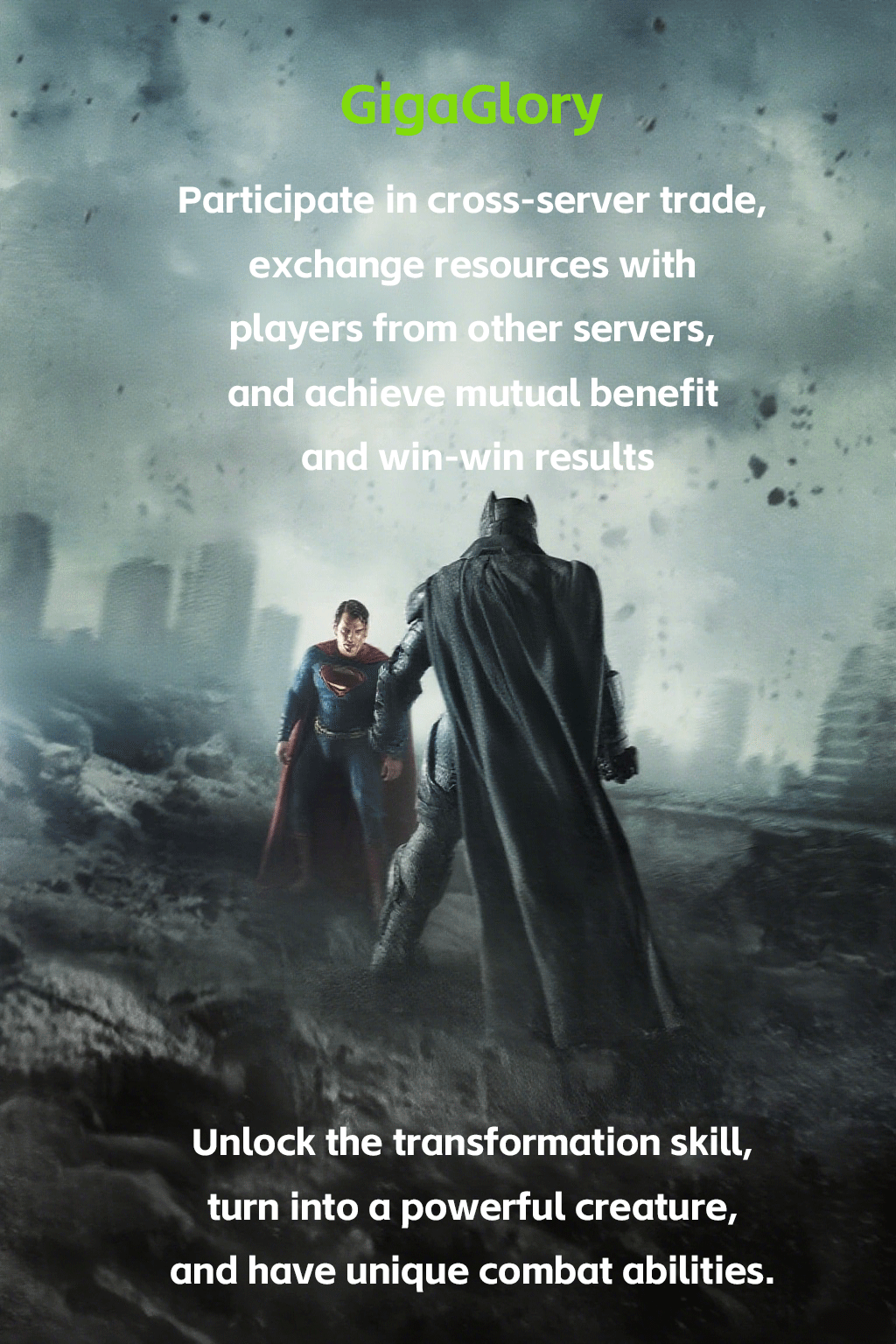Building Dreams: How Simulation Games Transform Your Creativity into Virtual Reality
In the digital age, the line between creativity and technology blurs more than ever. As simulation games continue to evolve, they serve as powerful portals that channel our imaginative thoughts into rich, interactive experiences. This article delves into how these games not only enhance our creative faculties but may also revolutionize the way we approach problem-solving and design.
The Rise of Simulation Games
Over the past decade, simulation games have gained unprecedented popularity. From city builders like SimCity to life simulators such as The Sims, these games provide players with endless opportunities to create, explore, and innovate. They mimic real-life scenarios to varying degrees, offering a safe space for experimentation without the real-world consequences.
What are Simulation Games?
Simulation games are genres that replicate aspects of real life through play. These games can range from simple mechanics to highly complex systems, where each player action is met with a realistic reaction within the game's framework. The variety includes building games, survival games, and social simulations, among others. Some popular simulation games include:
- The Sims
- SimCity
- Planet Coaster
- Dead by Daylight
The Impact on Creativity
One of the most significant contributions of simulation games is their impact on creativity. They provide players with the tools and environments to unleash their imagination. By assembling virtual realities, players develop unique strategies, formulate intricate designs, and structure narrative pathways that challenge their conventional thinking.
Building Games: Crafting Worlds and Experiences
Building games, a subgenre of simulation games, particularly resonate with players who enjoy architecture and world creation. Titles such as Minecraft allow users to construct elaborate structures, economies, and ecosystems. The creativity involved in building games can be broken down into several key elements:
| Element | Description |
|---|---|
| Design | Players create unique aesthetics and structures. |
| Strategy | Resource management and long-term planning are crucial. |
| Collaboration | Many building games encourage joint projects with others. |
Dead by Daylight: A Unique Perspective
Although primarily known as a horror survival game, Dead by Daylight enriches the gaming landscape with its unique mechanics and player interaction. However, players sometimes encounter frustrations, such as game crashes right before the end of a match. This can spur creativity in troubleshooting and aids in developing resilience and adaptability as players manage technical difficulties.
Developing Problem-Solving Skills
Engaging with simulation games sharpens problem-solving abilities. Players must navigate challenges, exploit game mechanics, and devise innovative solutions, all of which translate to real-world scenarios. By fostering critical thinking, these games prepare players for complex decision-making that can impact various life aspects.
Social Dynamics in Simulation Games
Beyond individual creativity, simulation games foster social interactions. Many of these games allow for multiplayer capabilities, constructing communities of shared interests and collaborative creativity. From sharing building tips in Roblox to strategizing survival in ARK, the social components enhance the creativity aspects, breeding a culture of inspiration and mutual growth.
Creating a Culture of Innovation
Simulation games encourage players to think outside the box, welcoming innovation. The elements within these games—creativity, strategy, experimentation—combine to cultivate a culture of innovation. Communities form around these games, where players share ideas, designs, and strategies, further fueling the creative cycle.
Bridging the Gap between Imagination and Reality
Perhaps one of the most fascinating aspects of simulation games is their potential to transcend into real life. Many players have taken the lessons learned from building virtual worlds and applied them to real-world projects, from architecture to urban planning. Simulation games act as a sandbox where unique ideas can flourish before being applied practically.
Conclusion: Embracing Creativity through Simulation Games
In conclusion, simulation games are much more than just entertainment; they are gateways to creativity, problem-solving, and collaboration. Titles like Dead by Daylight and various building games offer players exceptional experiences that bridge the gap between virtual and real-life creativity. As we continue to explore these digital landscapes, it's evident that simulation games have a profound impact on our ability to innovate, collaborate, and imagine new possibilities.



